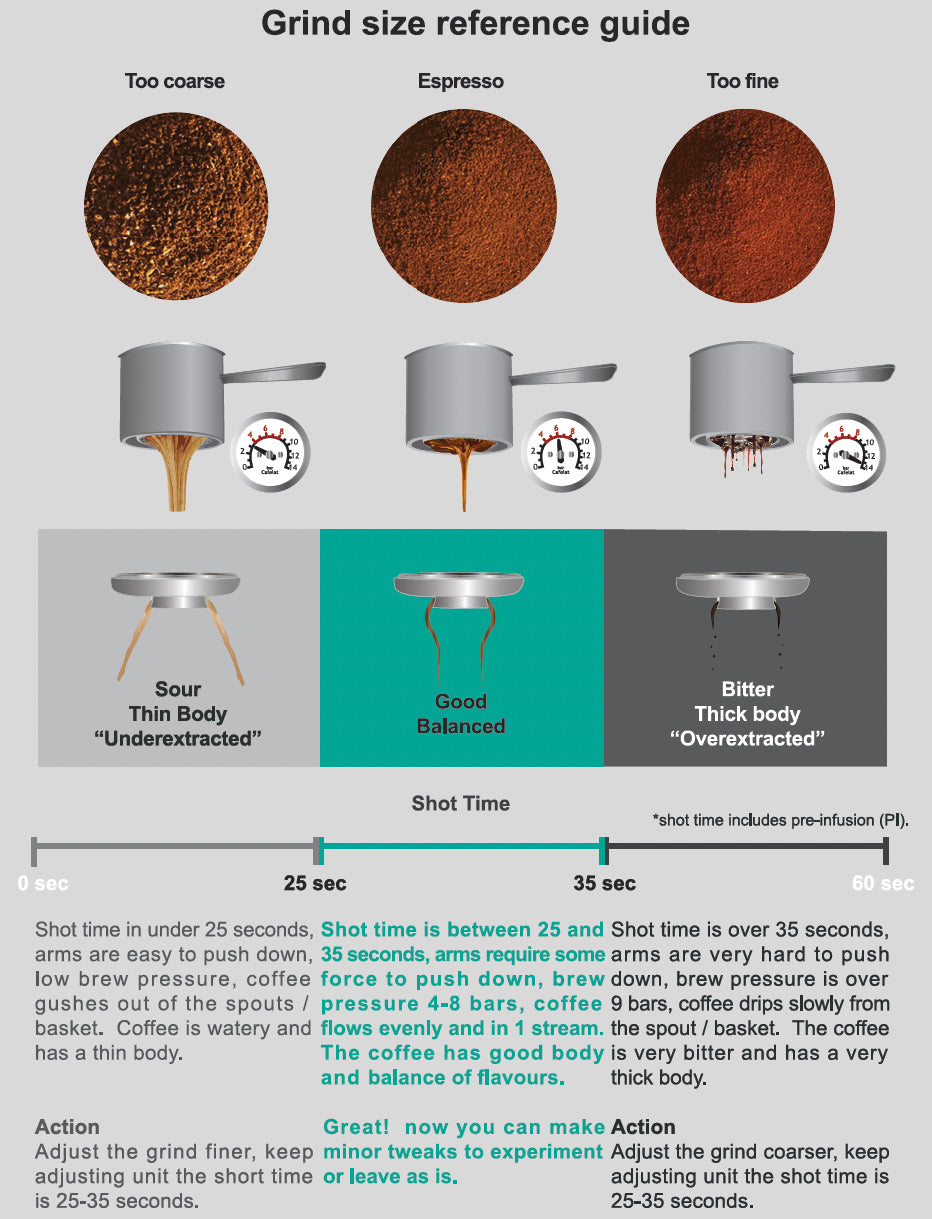How to Time Espresso Extraction
As a home barista, mastering the timing of espresso extraction can elevate your coffee-making skills and enhance the overall quality of your brew. Espresso is a delicate balance of timing, grind size, and extraction flow. When I first started, this process felt overwhelming, but once I grasped the nuances, it became one of the most rewarding aspects of making espresso.
Why is Timing Important?
Timing your espresso extraction is critical for consistency and achieving the best flavor. It determines how much of the coffee’s flavor compounds are extracted from the grounds. If your extraction time is too short, you’ll get an under-extracted espresso—sour, sharp, and lacking body. On the other hand, extracting for too long can lead to over-extraction, resulting in a bitter and unpleasant taste.

How to Time Espresso Extraction
There are two common methods for timing espresso extraction. You can start the timer as soon as the pump begins or wait until the first drop of espresso hits the cup. I recommend starting the timer as soon as you press the espresso button to include the pre-infusion time. This ensures more consistent results.
Ideal Extraction Time
Espresso extraction should generally take between 25 to 35 seconds. I’ve found that aiming for 30 seconds as a baseline works well for most beans. If your espresso pulls in under 25 seconds, it’s likely under-extracted, producing a sour and weak shot. If it takes longer than 35 seconds, the espresso may be over-extracted, leading to bitterness.
Adjusting the Grind Size
The grind size plays a huge role in determining the timing of your espresso extraction. A finer grind slows down the extraction, while a coarser grind speeds it up. If your shot pulls too quickly (under 25 seconds), the grind is probably too coarse. If it takes longer than 35 seconds, the grind may be too fine. Finding the sweet spot for your grinder is key, and it may take several attempts to get it just right, but once you do, it can transform your espresso quality.
How to Test Your Espresso
While timing is essential, taste is the ultimate guide. A well-balanced espresso should have a pleasant combination of sweetness, acidity, and body. If the espresso tastes sour and thin, it’s likely under-extracted, meaning you should grind finer or adjust the brew ratio. If the flavor is bitter and dry, the espresso is likely over-extracted, which calls for a coarser grind or a shorter extraction time.
Troubleshooting Common Issues
Here are some helpful ways to diagnose and fix common espresso extraction issues:
- Under-extraction: If the shot pulls too fast (under 25 seconds) and tastes sour or flat, your grind is probably too coarse. Adjust to a finer grind and retry the shot.
- Over-extraction: If the shot takes too long (over 35 seconds) and tastes bitter with a dry aftertaste, the grind is too fine. Switch to a coarser grind to speed up the extraction.
Pre-Infusion Time
Pre-infusion, where water lightly wets the coffee grounds before full pressure is applied, can also affect your extraction timing. Many high-end machines include this step. I’ve learned that including pre-infusion time in your total extraction helps with consistency. If your machine doesn’t have automatic pre-infusion, you can replicate it by briefly starting and stopping the pump to allow the grounds to bloom before full extraction.

Experimenting with Brew Ratios
Brew ratio—the amount of ground coffee to the liquid espresso produced—also influences extraction. A typical starting point is a 1:2 ratio (e.g., 18 grams of ground coffee yielding 36 grams of espresso). Experimenting with this ratio, depending on the coffee beans, can reveal different flavors.
For lighter roasts, a longer extraction or lower brew ratio (e.g., 1:2.5) may bring out more fruity, bright notes. Darker roasts benefit from sticking to the 1:2 ratio, balancing richness without introducing bitterness.
The Role of Tasting and Sensory Evaluation
Ultimately, taste should guide your espresso extraction process. I’ve had shots that hit the 30-second mark perfectly but didn’t taste right because the grind size or brew ratio was off. By being willing to experiment with timing, grind, and ratios, I’ve fine-tuned my espresso-making process.
Conclusion
Mastering espresso extraction takes practice and patience. By focusing on timing, adjusting the grind, and paying attention to the taste, you’ll be well on your way to consistently pulling that perfect shot.
